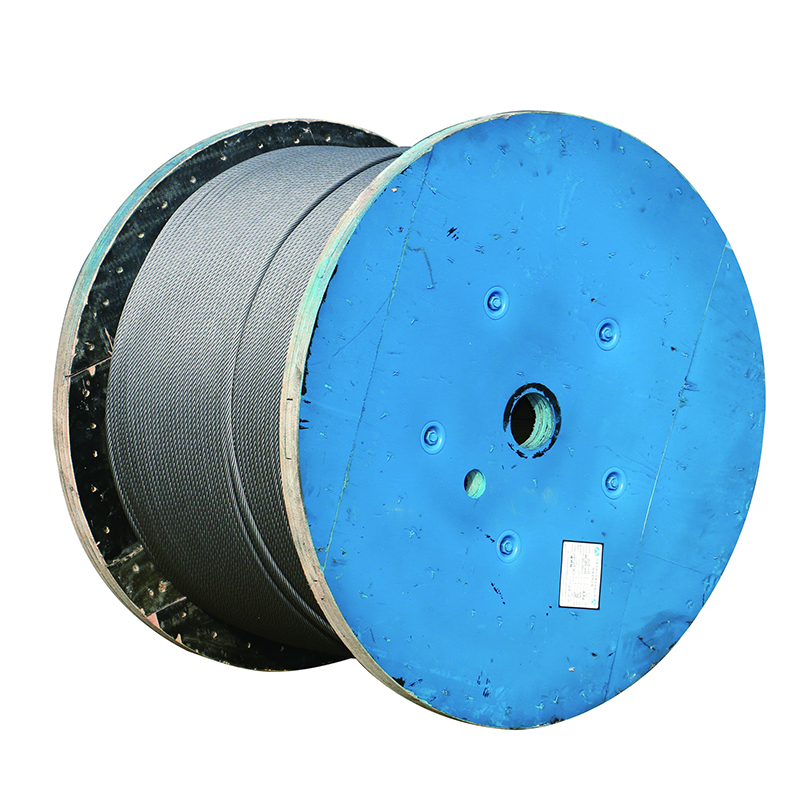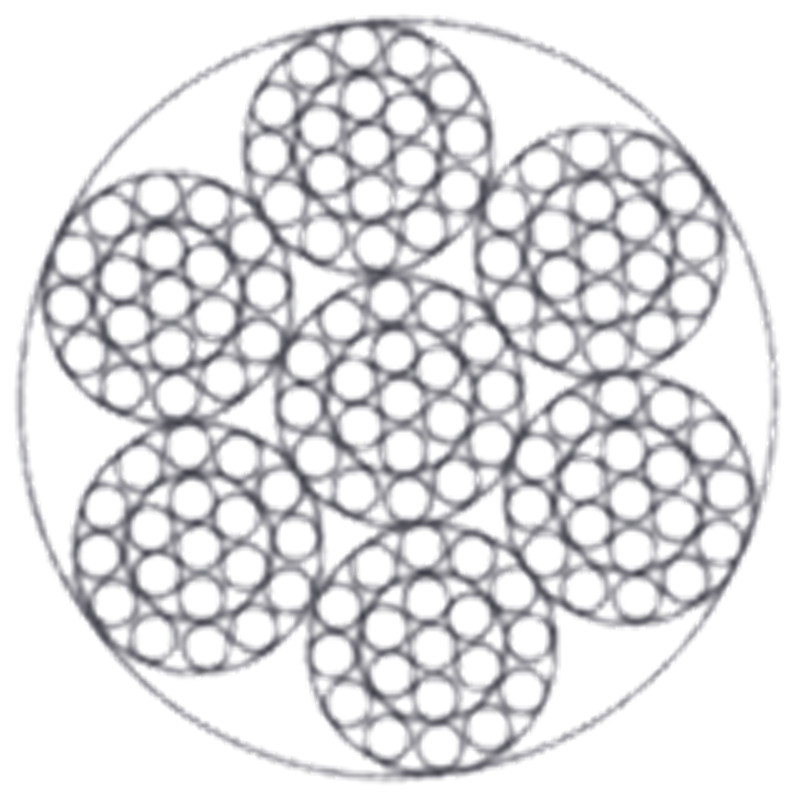Steel Wire Rope detection Wire rope is one of the important parts of the crane, and its safety performance directly affects the work of the whole crane. Therefore, in daily work, we must do a good job in the inspection of wire ropes, eliminate hidden dangers in time, and ensure safety.
1. Appearance inspection:
1)Check the appearance for cracks, deformation and corrosion;
2)Check whether the surface is smooth and even;
3)Look at the number and length of broken wires (generally less than 2 per meter).
2. Tensile test:
The tensile test is to pull a sample with a length of 10mm to a distance of 100~150mm from the test end, and then pull the sample back to the original position from a distance of 50mm from the test end at a certain constant speed.
The following points should be paid attention to during the tensile test:
1)Before measuring the force, the steel cable to be inspected should be relaxed for about 5 minutes and the dirt such as oil and dust should be removed;
2)When measuring the force, the force should be added slowly until the specified value;
3)After each measurement, the recorder should be reset to zero before the second measurement;
4)If it is necessary to measure multiple results, the largest one shall prevail.
3. Check the number of broken wires:
The number of broken wires refers to the percentage (%) of filaments whose diameter is less than or equal to the nominal diameter, which reflects the number of non-metallic inclusions in the internal structure of the wire rope and the degree of wear.
4. Fatigue life inspection:
After a certain number of standard segment discs are mounted on the jig and fixed, bend each ring joint on the standard segment disc repeatedly according to the specified number of times and at intervals, and then remove the connecting bolts of each standard segment one by one and connect them. Put them into special measuring cups marked with scales (the measuring cups are of the same specification as the steel cables to be measured), and then place these measuring cups in an environment with a temperature of 20±1°C for more than 3 hours to calculate the set of knots. Fatigue life value of the disc.
5. Corrosion inspection:
It is a relatively simple method to test the quality of the galvanized layer by acid immersion method. The thickness of the galvanized layer soaked in sulfuric acid solution is generally between 0.15 and 0.2 mm. It shows that this galvanizing process is unqualified or cutting corners.
6. Twist test:
In use, it is found that some users will use some inferior materials to replace high-quality steel to produce hooks or slings in order to save costs. This will not only affect the service life of the product, but also cause great safety hazards. So we When purchasing, we must choose high-quality products of regular production so as to ensure the safety of our personal and property!
Post time: Jul-22-2022



